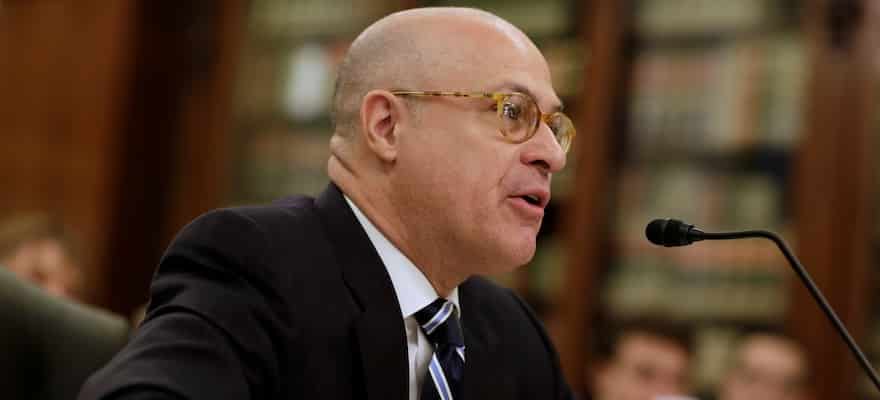The possible formation of a “digital dollar” has been buzzing around the cryptosphere for the last several days after the United States’ economic stimulus bill briefly included a “digital dollar wallet” concept that would facilitate the flow of monetary aid directly to US citizens.
However, by the time the bill was passed into law on March 27th, the digital dollar concept had completely disappeared from its text. According to CoinTelegraph, the concept remains in a bill sponsored by Senator Sherrod Brown (D-OH), it seems that the hopes and dreams of a United States digital currency won’t become a reality anytime soon.
The coronavirus crisis has shown how a digital USD could be used, but now may not be the time to launch it.
Still, the digital USD concept has several supporters who have previously held significant influence in the government--namely, J. Christopher Giancarlo and Daniel Gorfine, who previously and respectively served as Chair of the CFTC and head of LabCFTC (the commission’s fintech innovation office).
In fact, since their exits from the CFTC in 2019, both Giancarlo and Gorfine have advocated for a digital USD with the launch of the Digital Dollar Foundation in January of this year, which advocates for the creation of “fully electronic currency based on Blockchain .”

J. Christopher Giancarlo
Source: CFTC
While Giancarlo insisted that “we did not have anything to do with what was in the House bill,” he told CoinTelegraph that a digital dollar could be used strategically in times of crisis, including the one brought about by the spread of the coronavirus.
However, Giancarlo said, it is also important not to jump the gun--a digital USD born out of crisis may have unintended consequences.
“The United States has to proceed thoughtfully, intelligently, deliberately,” he said. “We advocate pilot programs as a way to explore the utilization of the digital dollar and how it can be used, including how it can be used in a crisis. But I think one needs to be very cautious about trying to launch something as big as this amidst a crisis.”
It is “important that pursuing something like this doesn't become a distraction.”
Gorfine also said that the current crisis might not be the best time to get the digital USD on the books.
Indeed, while “this crisis has demonstrated that some of our processes don't seem to match a 21st-century leading economy in terms of capabilities,” and “it's not surprising that there's now focus on whether there are better, more efficient ways to go about moving funds,” Gorfine also said that it is “important that pursuing something like this doesn't become a distraction from getting necessary funds out in a really expedient fashion.”

Daniel Gorfine, former head of LabCFTC.
Still, Giancarlo believes that this particular crisis has highlighted a possible need for something like the digital USD, which could be used as an efficient vehicle for delivery.
Still, “the dollar needs to go through a digitization.”
“[...] As the public sector talks about seeking to find ways to get money into people's hands efficiently, effectively, quickly, and also to get money in the hands of people who are either underbanked or unbanked, the value of a digital dollar becomes quite clear as a delivery mechanism,” he said.
Indeed, “the dollar's preeminence as a reserve currency is based upon it being a unit of account for most of the world's things of value — commodities, currencies, benchmarks — and all of those are going through a digitization revolution. And we really believe the dollar needs to go through a digitization as well.”
Instead of forming the “digital dollar,” the stimulus bill that was passed into law will give $1,200 to most adults, although some will receive less. Families will also receive $500 for qualifying children age 16 or under.
For now, the government will use the existing infrastructure to deliver the stimulus Payments . According to the New York Times, “if the internal Revenue Service already has your bank account information, it will transfer the money to you via direct deposit based on the recent income-tax figures it already has.”

















